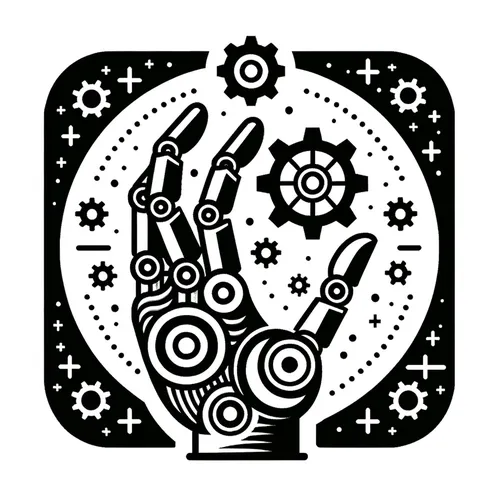Robots Invade! AI Arms Race Heats Up as Automation Titans Flex Muscles
- Author
- Quiet. Please
- Published
- Sun 06 Jul 2025
- Episode Link
- https://www.spreaker.com/episode/robots-invade-ai-arms-race-heats-up-as-automation-titans-flex-muscles--66873799
This is you Robotics Industry Insider: AI & Automation News podcast.
The robotics and automation industry is surging into July with pace-setting innovation and record market expansion. Global industrial robot installations reached an all-time high last year, accounting for 4.28 million robots operating in factories worldwide, as industries grapple with persistent labor shortages and a growing push for efficiency. The industrial automation market is now valued at more than 169 billion dollars in 2025, with forecasts projecting a near tripling to over 443 billion dollars by 2035, reflecting a robust annual growth rate above nine percent. These figures underline the sector’s foundational role in transforming production, logistics, and even healthcare, through smarter, safer, and more resilient operations.
Technologically, the focus is on versatility and intelligence. At Automatica 2025 in Munich, ABB Robotics made headlines by unveiling three robust industrial robot arms, including the IRB 6730S and IRB 6750S, each able to manipulate payloads up to 350 kilograms and designed for high-density manufacturing environments such as automotive welding and injection molding. Complementing this heavy-duty push, ABB launched the Flexley Mover, a compact autonomous mobile robot capable of transporting 1,500 kilogram loads with impressive millimeter-scale accuracy using advanced visual simultaneous localization and mapping navigation. ABB’s leadership stressed that versatility—embodied in robots able to switch tasks and navigate autonomously thanks to advanced vision and artificial intelligence—is key to the new era of automation.
Meanwhile, collaborative robotics and humanoid systems are gaining traction. Hexagon’s new AEON robot, revealed in June, exemplifies the move toward multipurpose humanoids equipped with advanced locomotion, battery-swapping, and task adaptability, being piloted for industrial tasks from manipulation to inspection. On the collaboration front, Comau introduced its MyCo family of collaborative robots, specifically engineered to safely work side by side with humans, further lowering barriers to adoption on factory floors.
Research and development continue to accelerate, with artificial intelligence-driven systems enabling real-time data analysis, predictive maintenance, and intelligent decision making across manufacturing and logistics. New simulation tools, like FANUC’s ROBOGUIDE V10 and Universal Robots’ UR Studio, are democratizing robot programming and integration, bringing virtual reality and online simulation into core workflows.
For industry leaders and plant managers, the practical takeaways are clear: investing in flexible, AI-enhanced robot platforms is essential for future-proofing operations. Automation is no longer niche; it is rapidly becoming the backbone of global production. Staying ahead means monitoring breakthrough launches, piloting new use cases, and cultivating partnerships across the automation ecosystem. Looking forward, the fusion of artificial intelligence, mobility, and collaborative design points to a landscape where robots not only automate repetitive tasks but dynamically adapt to new roles, driving both productivity and resilience for the decade ahead.
For more http://www.quietplease.ai
Get the best deals https://amzn.to/3ODvOta
